K M Munshi
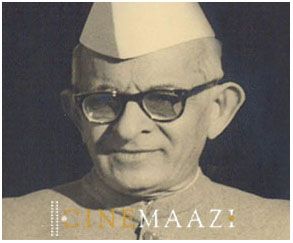
Subscribe to read full article
This section is for paid subscribers only. Our subscription is only $37/- for one full year.
You get unlimited access to all paid section and features on the website with this subscription.
Not ready for a full subscription?
You can access this article for $2 , and have it saved to your account for one year.
- Born: 30 December 1887 (Bharuch, Gujarat)
- Died: 8 February 1971
- Primary Cinema: Hindi
- Spouse: Atilakshmi Pathak, Lilavati Sheth
- Children: Jagadish Munshi, Sarla Sheth, Usha Raghupathi, Lata Munshi, Girish Munshi
Popularly known as Kulpati, Dr Kanhaiyalal Maneklal Munshi is remembered for his versatility: freedom fighter, lawyer, one of the makers of India's Constitution, literary giant, philosopher, creative artist, educationalist, promoter of art, music, dance and drama, an able administrator, an advocate of Sanskrit and Hindi, environmentalist and a builder of institutions. Hailing from Gujarat, he is also known for the films Prithvi Vallabh (1924, 1943), Jay Somnath (1929), and Dr Madhurika (1935), which were based on his novels. A lawyer by profession, he later turned to literature and politics. A well-known name in Gujarati literature, he was also the founder of the Bharatiya Vidya Bhavan and the person behind the rebuilding of the Somnath temple.
K M Munshi was born on 30 December 1887 in Bharuch in Gujarat. He completed his schooling in Khan Bahadur Dalal School, following which he pursued his college education in Baroda College. Here, he was particularly drawn to the views of his teacher Sri Aurobindo Ghosh. In the year 1907, he moved to Bombay to practice law and to complete his LLB and BA examinations. A prize-winner at the examinations, he enrolled himself initially as a pleader and later as an advocate in the Bombay Bar. He first joined Dr Besant's All India Home Rule League in 1916 and later the Indian National Congress.
Along with his legal practise, he also started writing historical fiction and had many novels under his name.
After completing his studies, he plunged into social reform and activism, especially in the areas of women’s rights and caste prejudice. Joining the Indian National Congress in 1916, he went on to become a member of the subjects committee and also functioned as the secretary of the Bombay Presidency Association.
In the year 1938, he founded the Bhartiya Vidya Bhavan with an aim to preserve Indian culture, education and art from a secular perspective. It was aimed at ‘reintegration of Indian culture in the light of modern knowledge and to suit our present day need and the resuscitation of its fundamental values in their pristine vigour.’
An active participant in the freedom struggle, he participated in the Bardoli Satyagraha, Salt Satyagraha and the Quit India movement. He also extended legal counsel to several freedom fighters who were detained by the British.
Elected to the constituent assembly from Bombay on a Congress party ticket, he was one of the most active members of the assembly, being a member of 16 committees and sub-committees including the drafting committee. Some of his interventions were in debates relating to fundamental rights, citizenship, and minority rights.
Post-Independence, he served as the minister for agriculture and food till the year 1953. During his tenure, he conceptualised the Van Mahotsav initiative to increase the forest cover in the country. He also served as the governor of Uttar Pradesh from 1953 to 1957. Resigning from the Congress, he became the vice president of the newly formed Swatantra Party standing for free enterprise.
In 1954, he started a monthly journal - Bhargava in Gujarati; he also started the journal of Bharatiya Vidya Bhavan that is run to this day. He devoted all his energies to the building up of the Bhavan as the premier cultural organisation of the country.
Acknowledged as one of the luminaries of Gujarati literature, he established his reputation as an outstanding novelist, particularly of the historical romance. His Kulapati's Letters, contributed to the Bhavan's Journal, were widely read and appreciated. A prolific writer, he had penned many pieces mostly revolving around the Indian Independence movement, Gandhian ideology, Indian culture, and mythology. These include texts such as Pilgrimage to Freedom: Indian Constitutional Documents, Bhagavad Gita and Modern Life, I follow Mahatma Gandhi, The ruin that Britain Wrought, Jay Somnath, Prithvivallabh, Maari Kamala, Patan ni Prabhuta, Gujarat no Nath, Rajadhiraj and Akhand Hindustan.
The 1924 silent historical Prithvi Vallabh directed by Manilal Joshi was his first film adaptation. Just before the film was made, the story was serialised in the journal Vismi Sadi. Its allusions to current events became controversial and it was apparently criticised by Gandhi for departing from the principles of non-violence and abstinence. The story features King Munja, ruler of Aranti, famed warrior and patron of the arts. Munshi saw King Munja as “the gay, amoral man radiating power and love • extracting joy from every moment • time to himself, under all conditions, in conquest, defeat, in prison, in love, when betrayed and sentenced to death.” He declared that critics fell on him “like voracious tigers - Munja was so immoral! The truth was that in him the readers saw the man who lived as most people wanted to Jive but dared not.” The big production film was shot mainly around the Makkarpura palace in Baroda with sets designed by R S Choudhury. It had climactic scenes featuring the elephant stampede and created a sensation. It was also noted for its costume design. Joshi defended the film's technical defects and implausibilities in a note published when it was released, claiming all this would be excused when India one clay 'finds its place in the pantheon of world cinema'. Prithvi Vallabh was remade by Sohrab Modi as a spectacular in 1943.
The Sarvottam Badami-directed Dr Madhurika, a 1935 social film, was also based on a story by Munshi. The female protagonist Dr Madhurika (Sabita Devi) is a modern doctor who insists on continuing her practice after marriage and not wanting children. The story then follows her traditional change. The film drew criticism from some quarters for its regressive story.
Jay Somnath (1929), directed by Harshadrai Sakerlal Mehta, was based on his historical romance of the same name. It is the story of the heroism of Bheemdev and the love of the temple dancer Chaula for him. It describes the mortal crisis which Gujarat passed through when Sultan Mahmud of Ghazni attacked and destroyed the sacred temple of Somnath. It is a moving story of Gujarat’s fight to save its honour. Its star cast comprised Rampiary, Gulab and Baburao Atre.
Other films based on his literary works include Kono Vank (1929), Be Kharab Jan (1936), and Do Diwane (1936).
He married Lilavati Sheth in 1926 (who was one of his literary critics) after the death of his first wife, Atilakshmi Pathak, to whom he was married when he was just 13.
K M Munshi died on 8 February 1971 at the age of 83 in Bombay.
In his honour, the Bharatiya Vidya Bhavan instituted an award - the Kulapati Munshi award, awarded to recognise and honour a citizen of the Kendra who has done excellent and outstanding service to society in any special field. Educational institutions such as a school in Thiruvananthapuram and a boy’s hostel were also named after him. In 1988, a postage stamp was issued in his honour.
Munshi’s character in Shyam Benegal's mini-series Samvidhaan was portrayed by K K Raina.
References
https://www.imdb.com/name/nm0613232/
https://www.bhavansnbs.ac.in/munshi/
https://www.peepultree.world/livehistoryindia/story/people/km-munshi
https://www.constitutionofindia.net/members/k-m-munshi/
https://www.liveindia.com/freedomfighters/15.html
https://indiancine.ma/LF/info
https://www.goodreads.com/book/show/17997244
Image caredit: https://historyunderyourfeet.wordpress.com/2021/02/08/k-m-munshi/



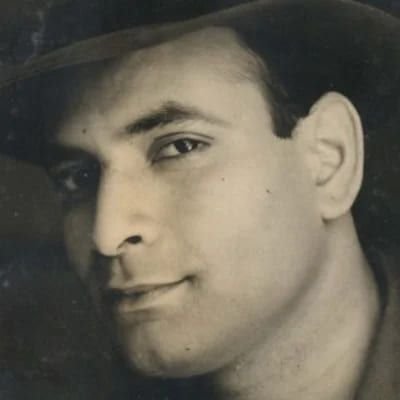
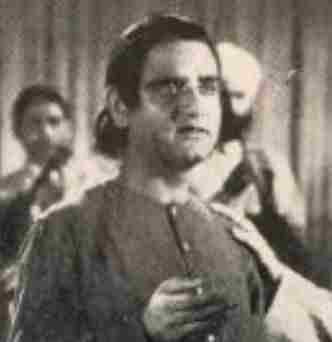
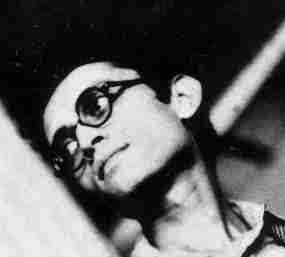
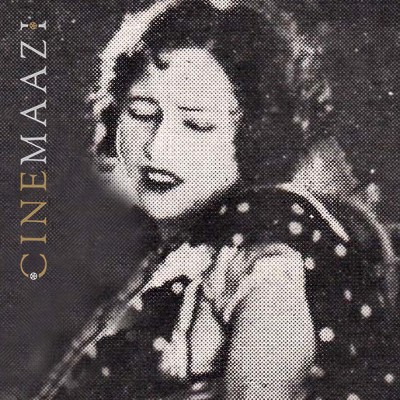
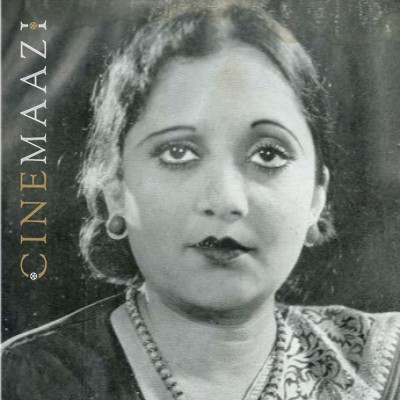
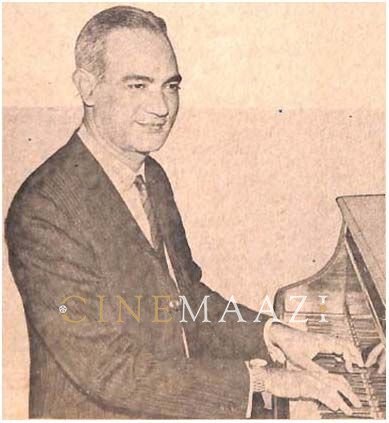
.jpg)



